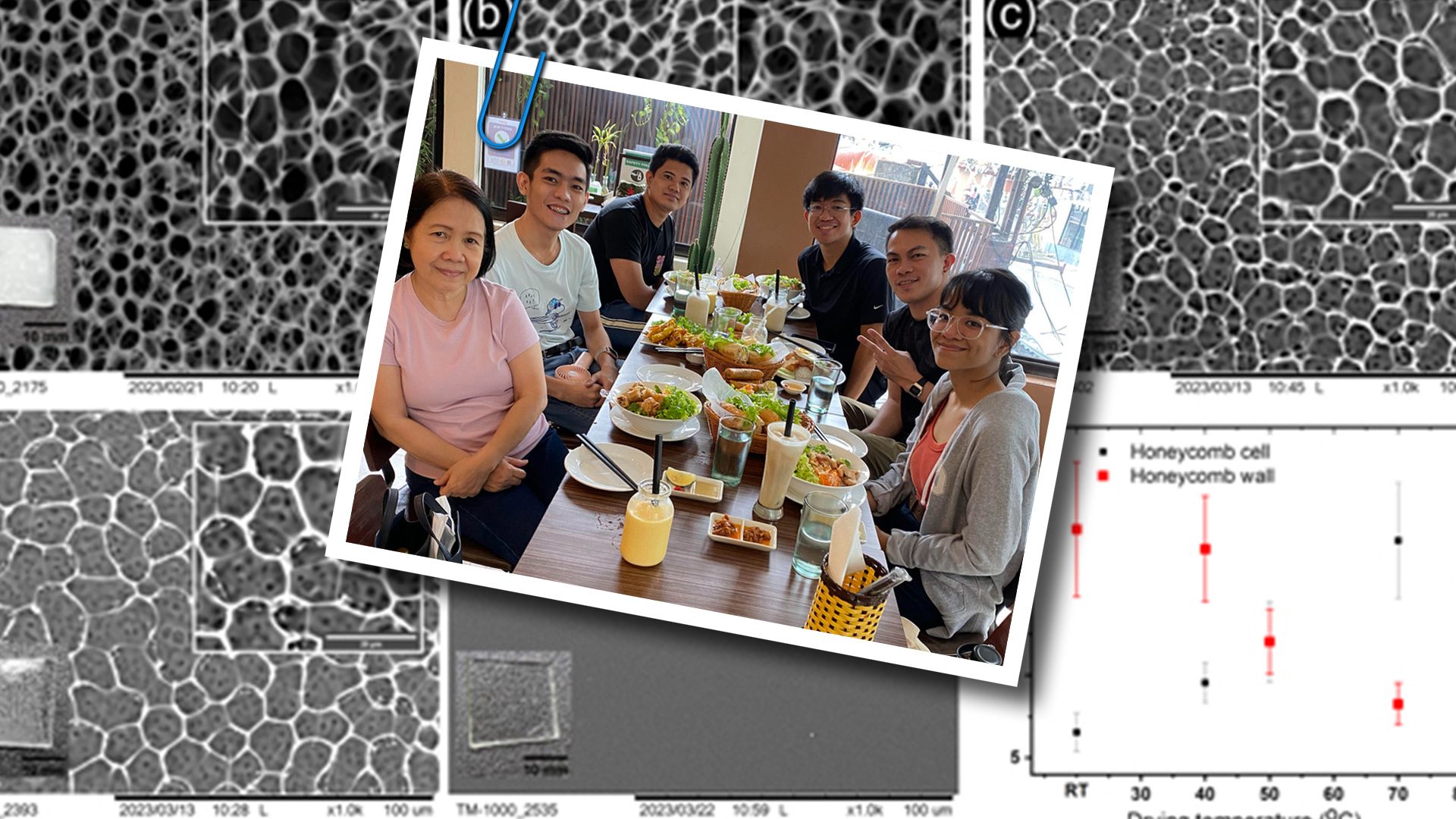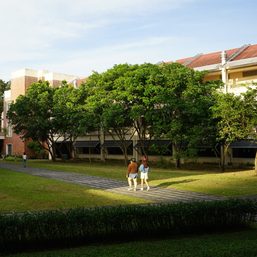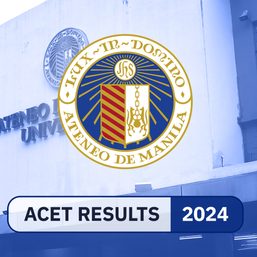SUMMARY
This is AI generated summarization, which may have errors. For context, always refer to the full article.

LAGUNA, Philippines – Bees are not only vital pollinators in reviving the Earth’s health and biodiversity; even the internal structure of their home – the honeycomb – has served nature well and inspired human engineers.
Recently, Filipino researchers discovered new way to trap microparticles using honeycomb structures, which could potentially be effective against pollutants.
Researchers from the University of the Philippines (UP) Diliman (Jonathan Patricio, Gillian Kathryn Yap, Jose Jesus Gayosa, and Susan Arco) and from Ateneo de Manila University (Marco Laurence Budlayan, Jose Mario Diaz, and Raphael Guerrero) collaborated on a study on honeycomb pattern formation on polyvinyl chloride (PVC) films recently published in the Materials Research Express journal.
Budlayan, the primary author of the study, is a PhD Physics student of Ateneo working on the collaboration research between the two laboratories in UP Diliman (Synthetic Organic Chemistry Lab) and Ateneo (Photonics Lab). The recent discovery in this project was a side experiment for his thesis.
The researchers mentioned that the honeycomb pattern’s repeating units or cells can effectively trap particles and impurities, which makes it a prospective structure for air and water filters.
“We found out that we can simply create honeycomb-like structures on a glass film. We can control the resulting honeycomb pattern’s pore size and lining thickness by merely drying the film at different temperatures,” Budlayan said.
By adjusting and controlling the drying temperature of PVC films during the manufacturing process, the researchers were able to utilize biomimicry engineering of one of the most functional and strong natural architectures on Earth: the hexagonal cells of honeycomb.

“I was coating a glass with the polymer layer when I observed that the transparency of the resulting film varied when the film was dried in a different environment. When I inspected the film in an electron microscope, I saw honeycomb patterns on the glass, so I thought about why it happened and the possible applications of these accidentally found structures,” Budlayan said.
While there are various techniques to achieve microparticle trapping, the team used an electric field to stimulate fluid movement within their created honeycomb channels. The order and structure of honeycomb patterns were not only aesthetically pleasing but also promising in functioning as cages to trap tiny particles.
“We look forward to incorporating the PVC honeycomb patterns in actual microfluidic chips designed to trap specific microparticles of interest. This will be helpful in isolating pollutants in water, including microparticles and other inorganic impurities,” Budlayan said.
Possible applications
Microparticles or microscopic particles are similar to the size of a bacteria, which is less than the width of a hair strand. These particles are everywhere, such as powdered sugar, pollen, and even microplastics. Due to its size and different behavior, unwanted pollutants can easily enter various systems and wreak havoc.
Despite its size, the impact of microparticles can be tremendous as it can accumulate in time and trigger unwanted changes. Because of its effect, scientists worldwide have been exploring several ways to trap microparticles in various environments (air, water, land, etc.).
While this honeycomb-structured PVC technology is only in its infancy stage, it provides promising microparticle trapping, sensing, and other related applications using simple and accessible materials for Filipinos.
Further improvements to this technology could lead to the making of more smart materials that could help revolutionize various industries (e.g. water purifiers and medical sensors for the health industry), clean the environment from pollutants, and many others.
Nature, science, and biomimicry
Bees take on several roles (farmers, engineers, architects, etc.) that often serve as inspirations to science and technology. The bees and their beehives are great examples of what strategies people can learn from nature in solving challenges. This concept, called biomimicry, can be applied to almost any human activity.
Although the UP and Ateneo researchers discovered honeycomb patterns on polymer by accident, they showed appreciation for and understanding of nature by further exploring its possible functions.
“Its unique properties and structure inspired the construction of light and robust aircraft, protection gear, panels, packaging, and cushioning because of an ability to absorb impact and energy,” the researchers mentioned in their paper.
Biomimicry is a feat of human adaptation to nature that offers various guiding solutions to how the world works against challenges. It can be applied using complex technologies or even simple tools available.
“It tells us that we can produce meaningful results from accidental discoveries and simple experimental setup,” Budlayan said, aiming to inspire more scientists with their simple fabrication technique and easy tuning of polymer microstructure despite the often-outdated laboratories existing in the Philippines. – Rappler.com
Add a comment
How does this make you feel?










There are no comments yet. Add your comment to start the conversation.